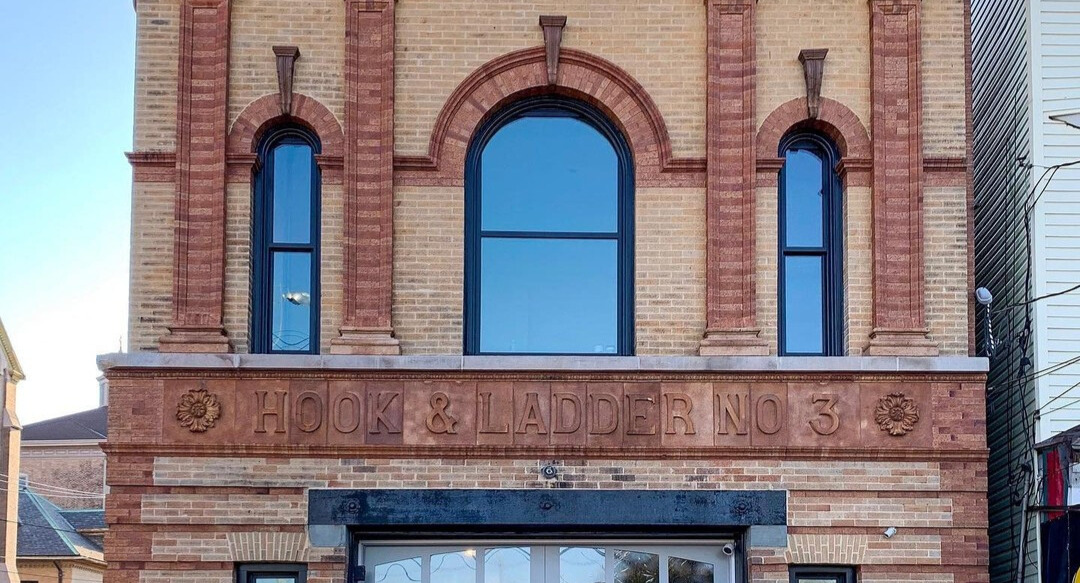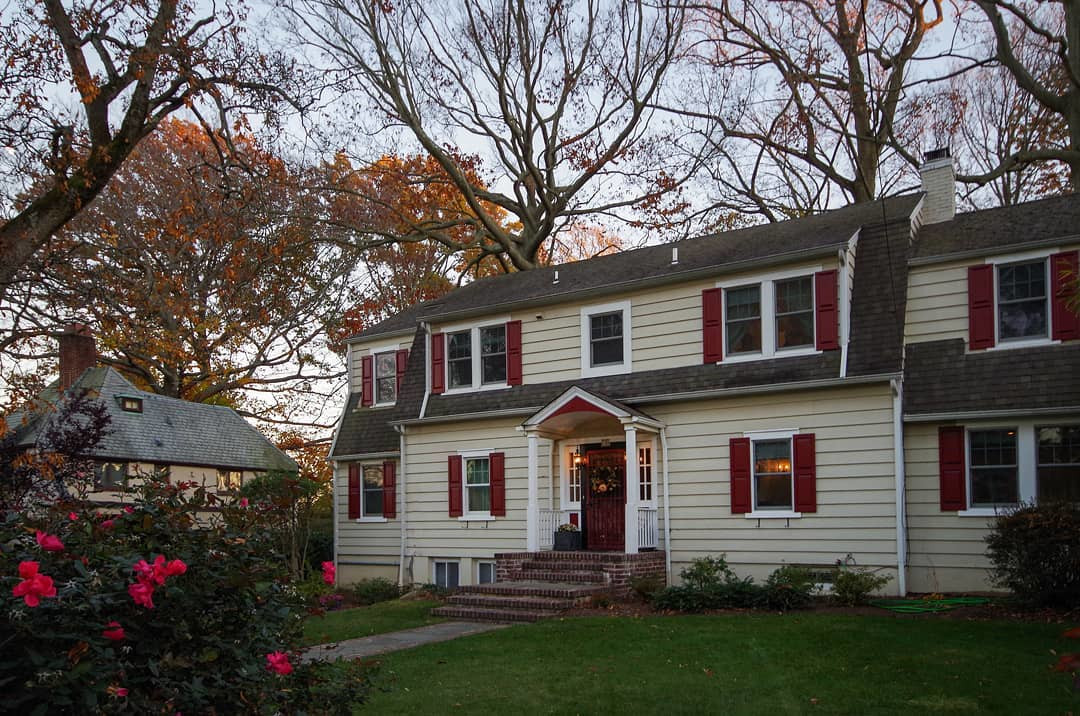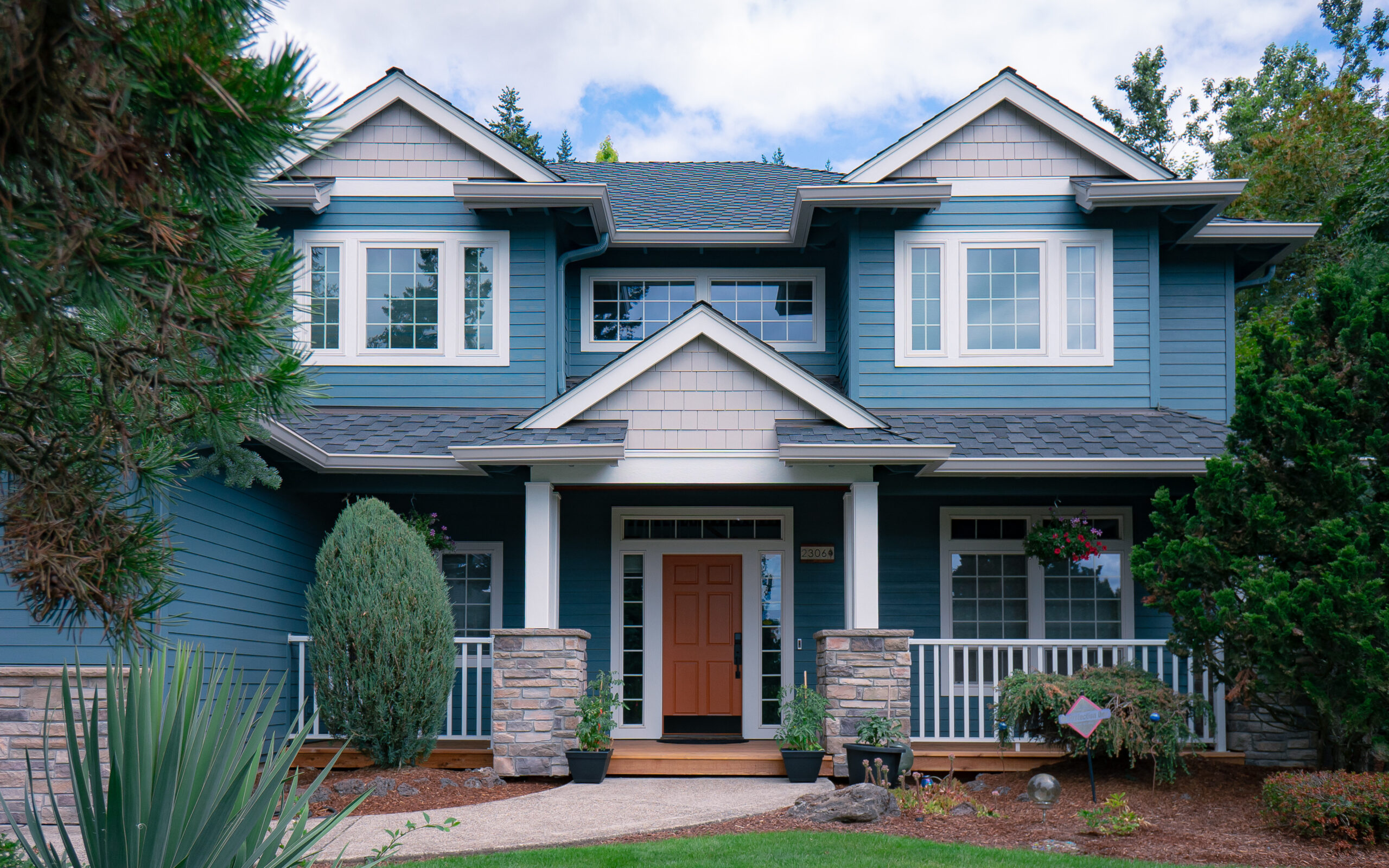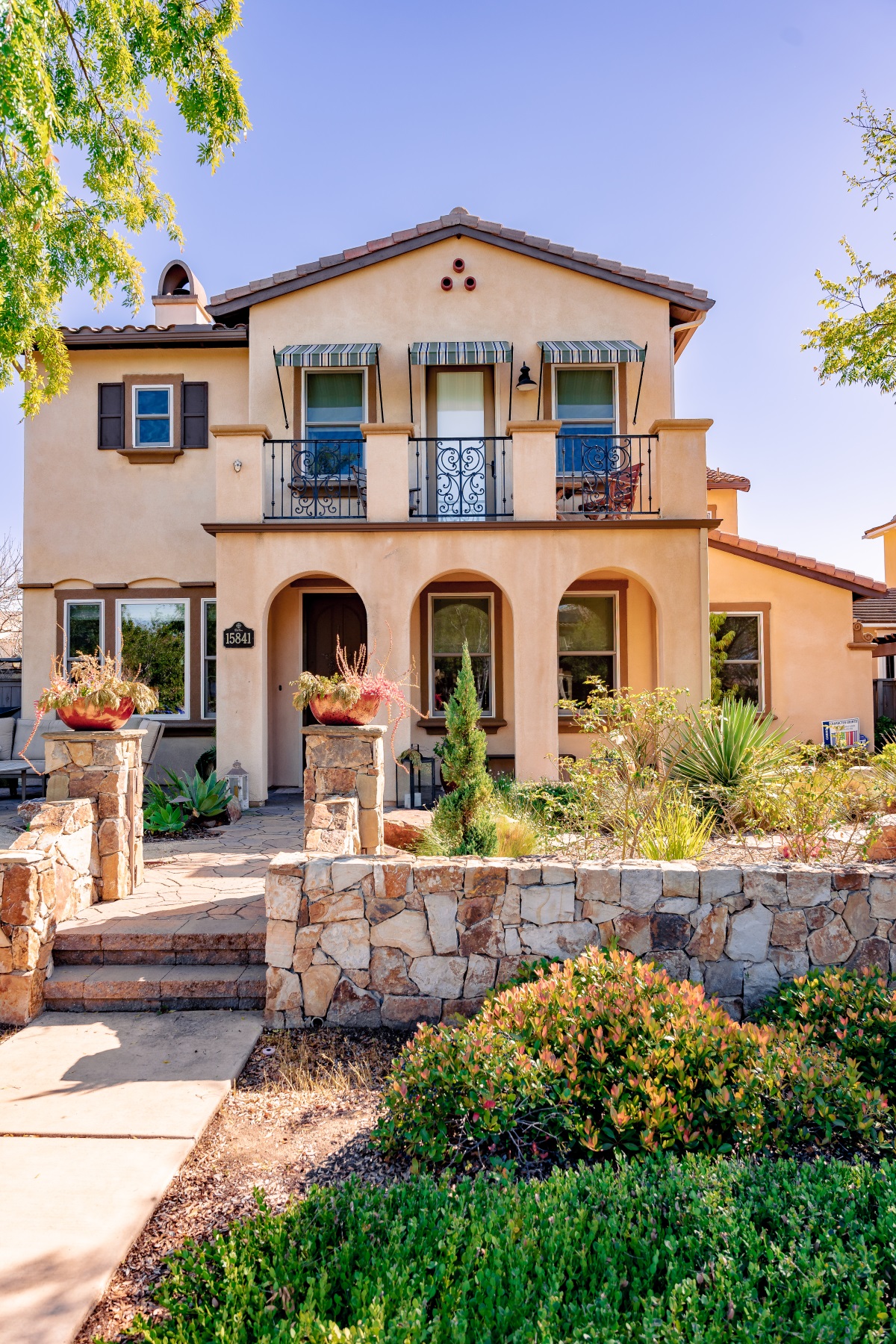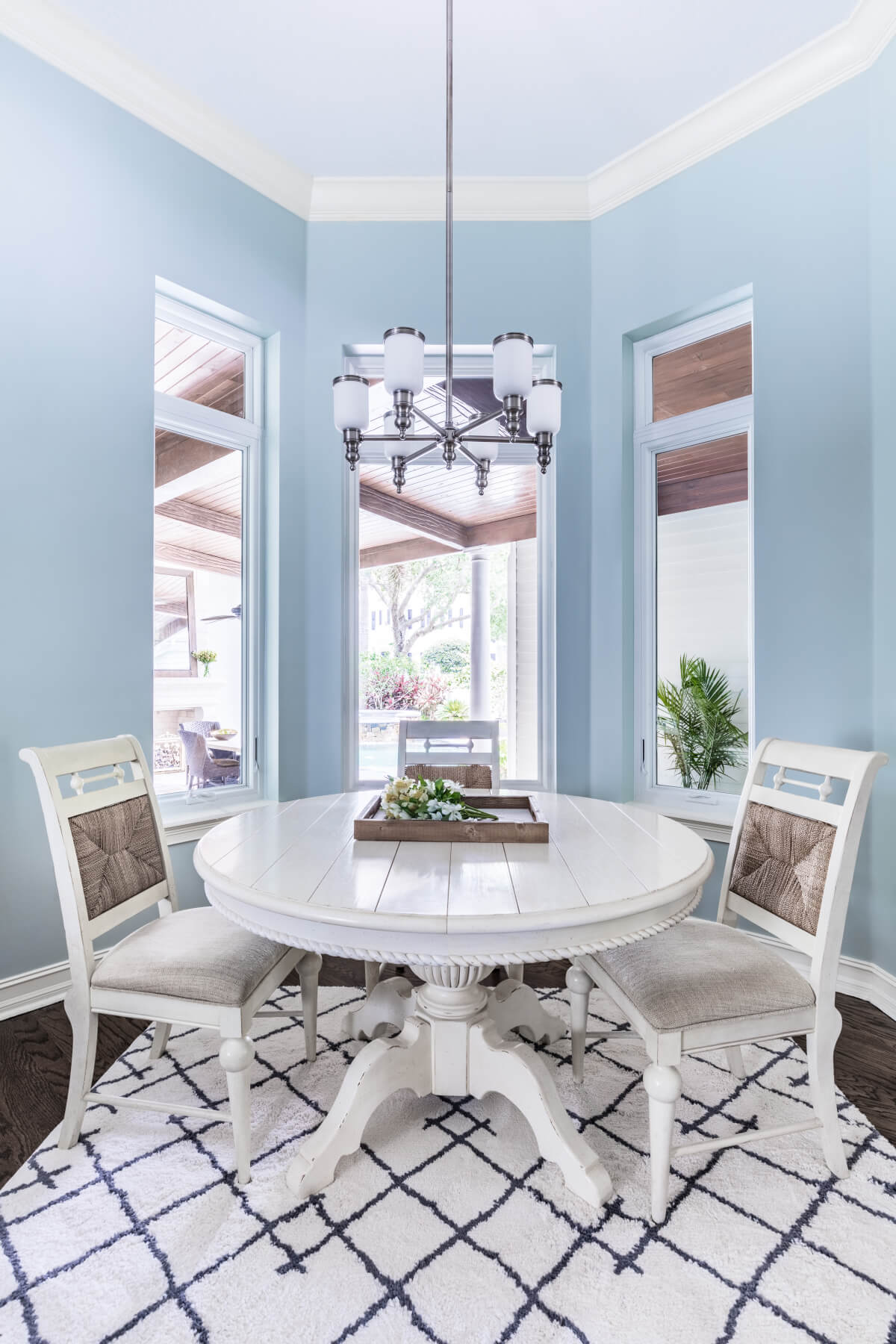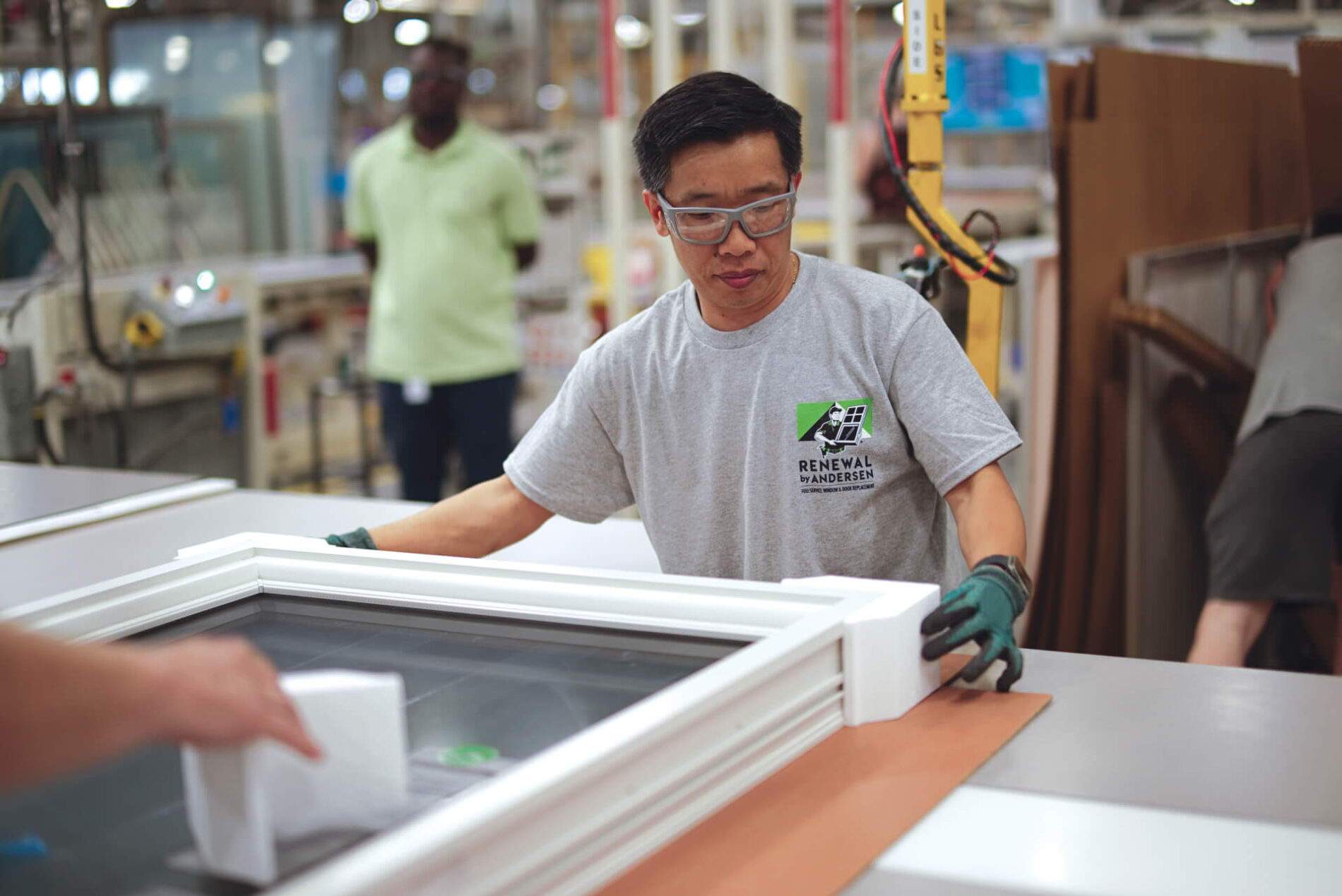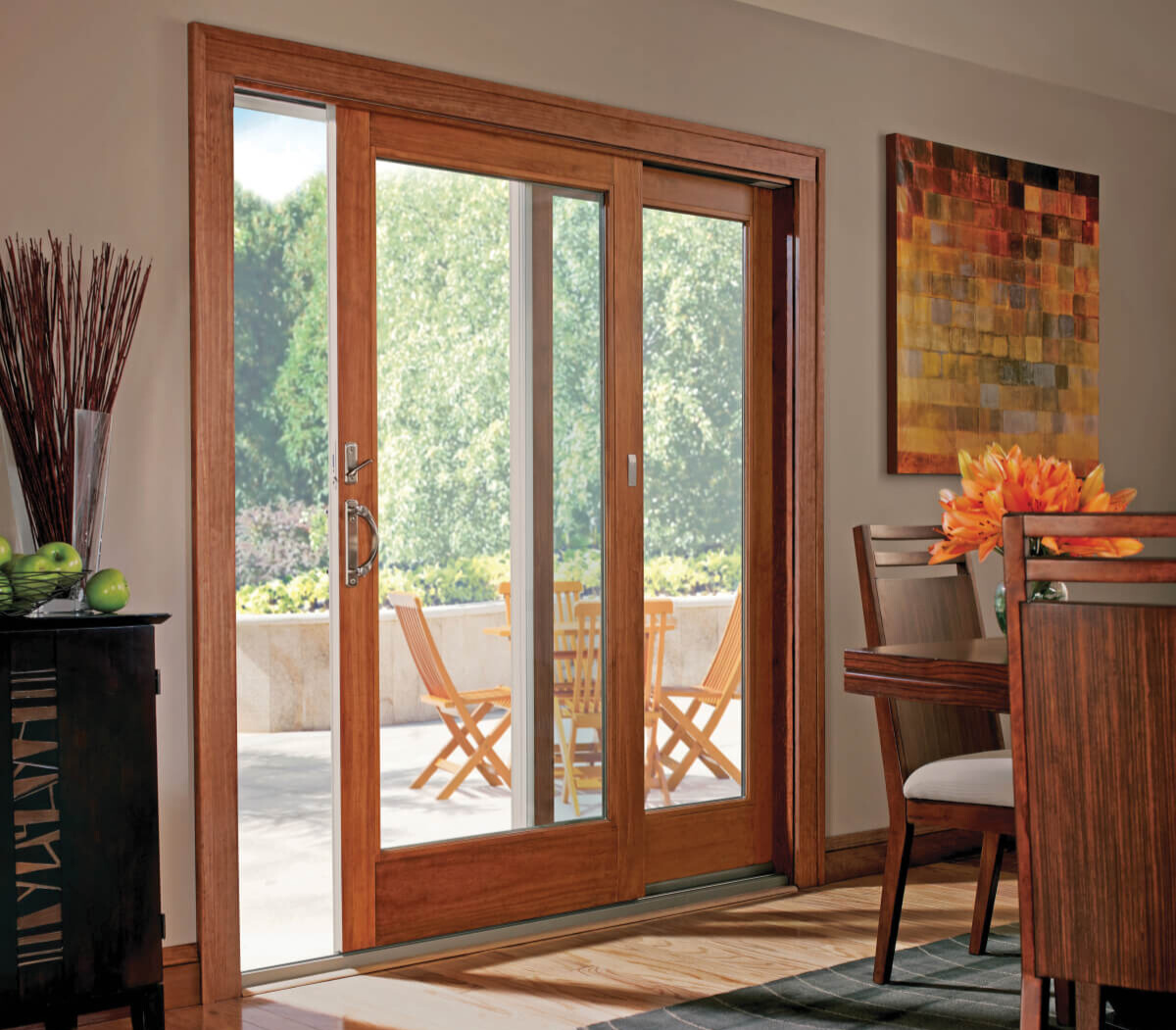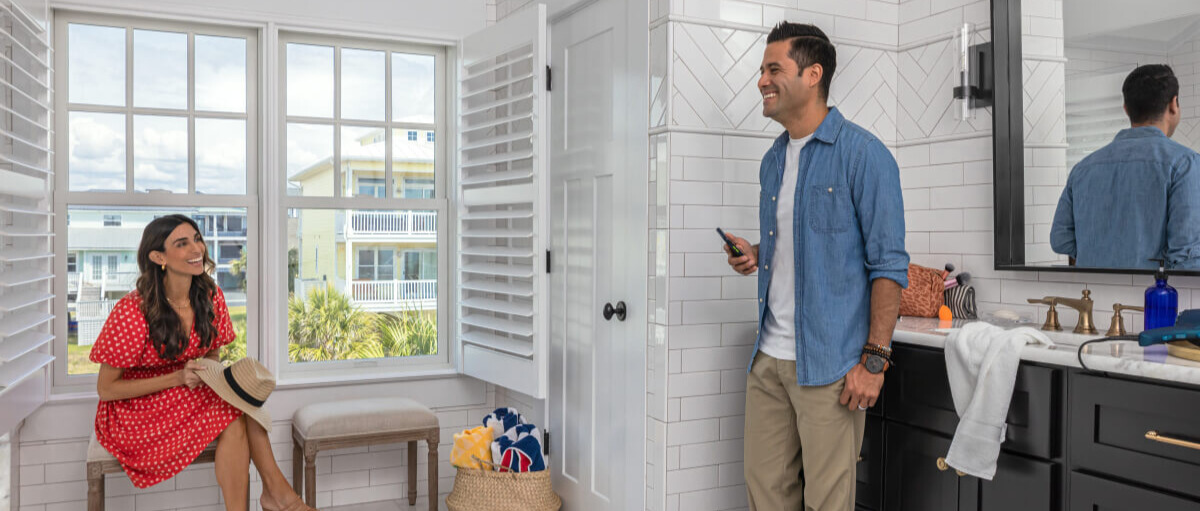Choosing the Best Replacement Windows for Your Historical Home
When replacing windows in historical homes, it’s vital to select window styles that align with the original architectural design. Thorough research is necessary to identify the window styles prevalent during the era of your home’s construction, ensuring a harmonious fit.
Consider window styles commonly found in historical homes, such as double-hung windows, casement windows, and picture windows. These window types not only enhance the historical charm of your home but also provide modern advantages in terms of functionality and aesthetics.
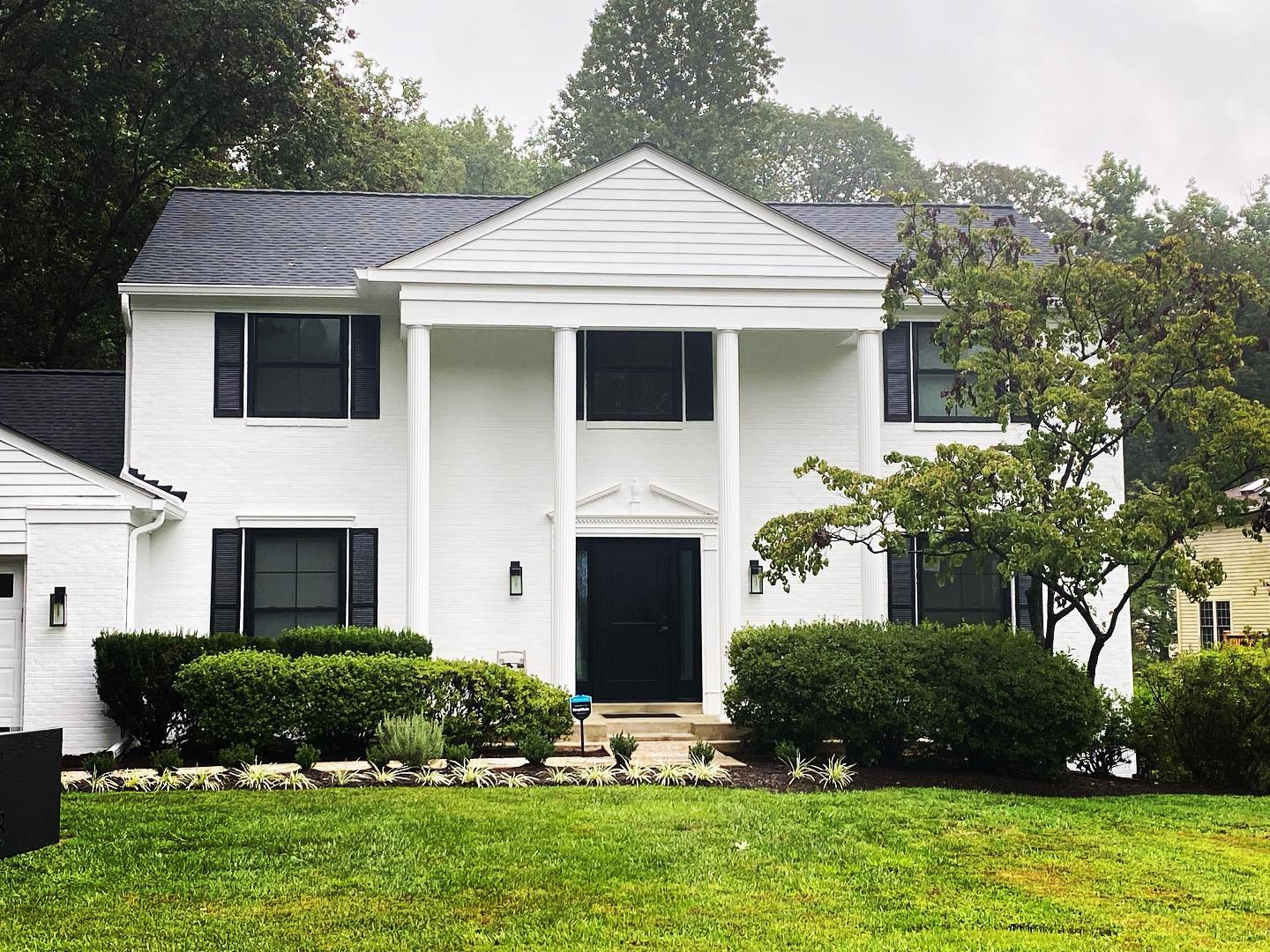
5 Window Styles That Will Enhance Your Historical Home
Colonial Revival
Colonial Revival architecture emerged in the late 19th and early 20th centuries, drawing inspiration from the original Colonial homes of the American colonies. It features symmetrical facades, classical details such as columns and pediments, and typically includes two or three stories. Colonial Revival homes remain popular, especially in areas with a rich colonial history.
- Double Hung Windows were prevalent during the Colonial period, making them a historically accurate choice for Colonial-style homes. These windows have been used for centuries and were a common feature in traditional Colonial architecture.
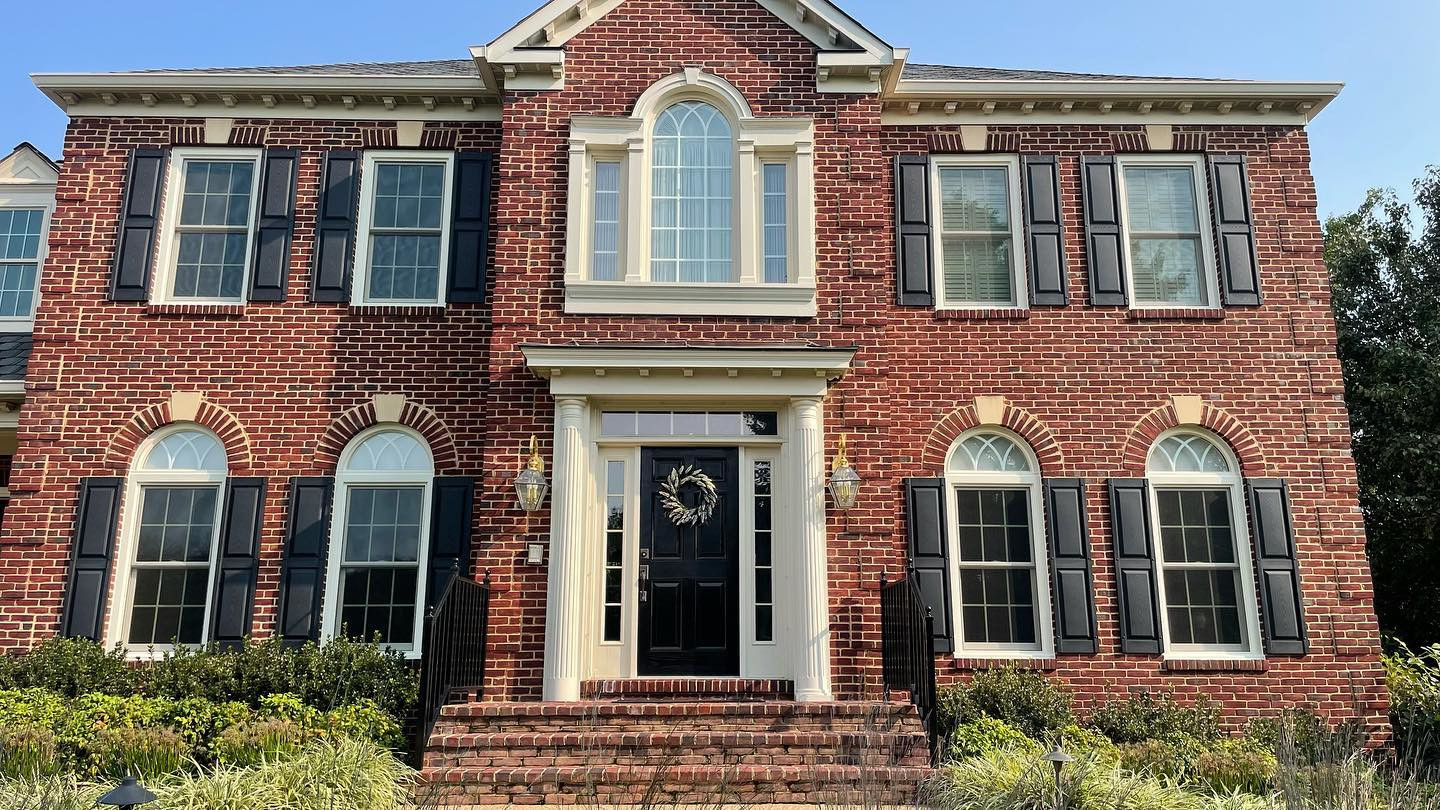
Double-hung windows require a high level of craftsmanship to construct, which aligns with the attention to detail and craftsmanship valued in Colonial-style homes. These windows often feature divided light patterns, such as six-over-six or nine-over-nine, which replicate the traditional window designs of the Colonial period.
Victorian
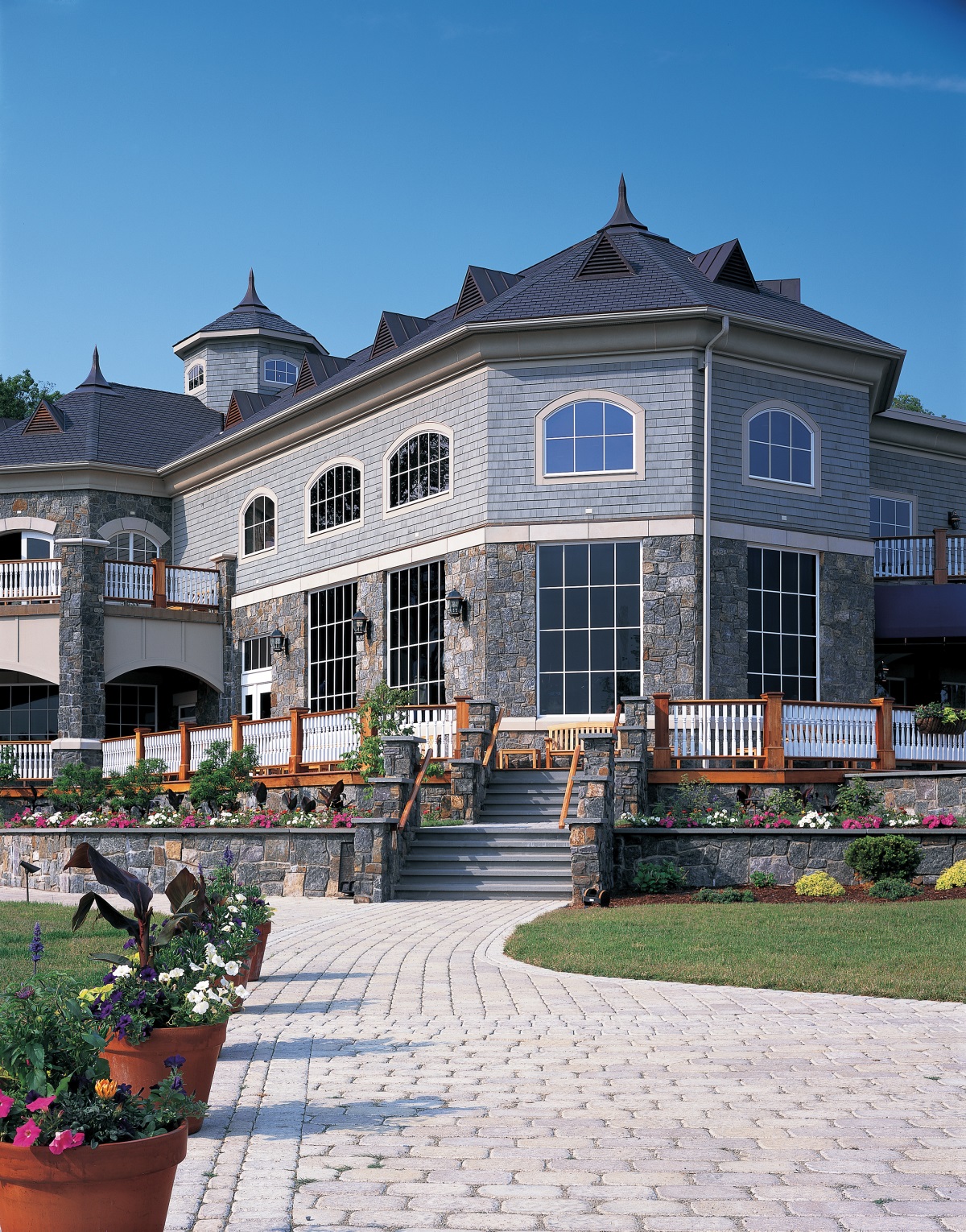
Victorian architecture encompasses a range of styles that were popular during the Victorian era (1837-1901). These styles include Queen Anne, Second Empire, Gothic Revival, Italianate, and more. Victorian homes are characterized by ornate detailing, vibrant colors, steep roofs, and elaborate porches. While Victorian homes are still admired for their grandeur and unique features, they may require significant maintenance.
- Victorian architecture is renowned for its intricate and decorative details, such as gingerbread trim, ornate carvings, and stained glass. Custom-shaped windows allow for the replication of these unique architectural features, creating a cohesive and visually striking design. Custom-shaped windows also offer the opportunity to stay true to the architectural authenticity and historical accuracy of the Victorian period by replicating the window designs prevalent during that time.
- Double-hung windows are a classic window style that aligns well with the traditional Victorian aesthetic. These windows consist of two vertically sliding sashes that offer versatility in ventilation and allow for the option of opening either the top or bottom sash. The symmetrical appearance and divided light patterns often found in double-hung windows complement the balanced and formal look of Victorian homes.
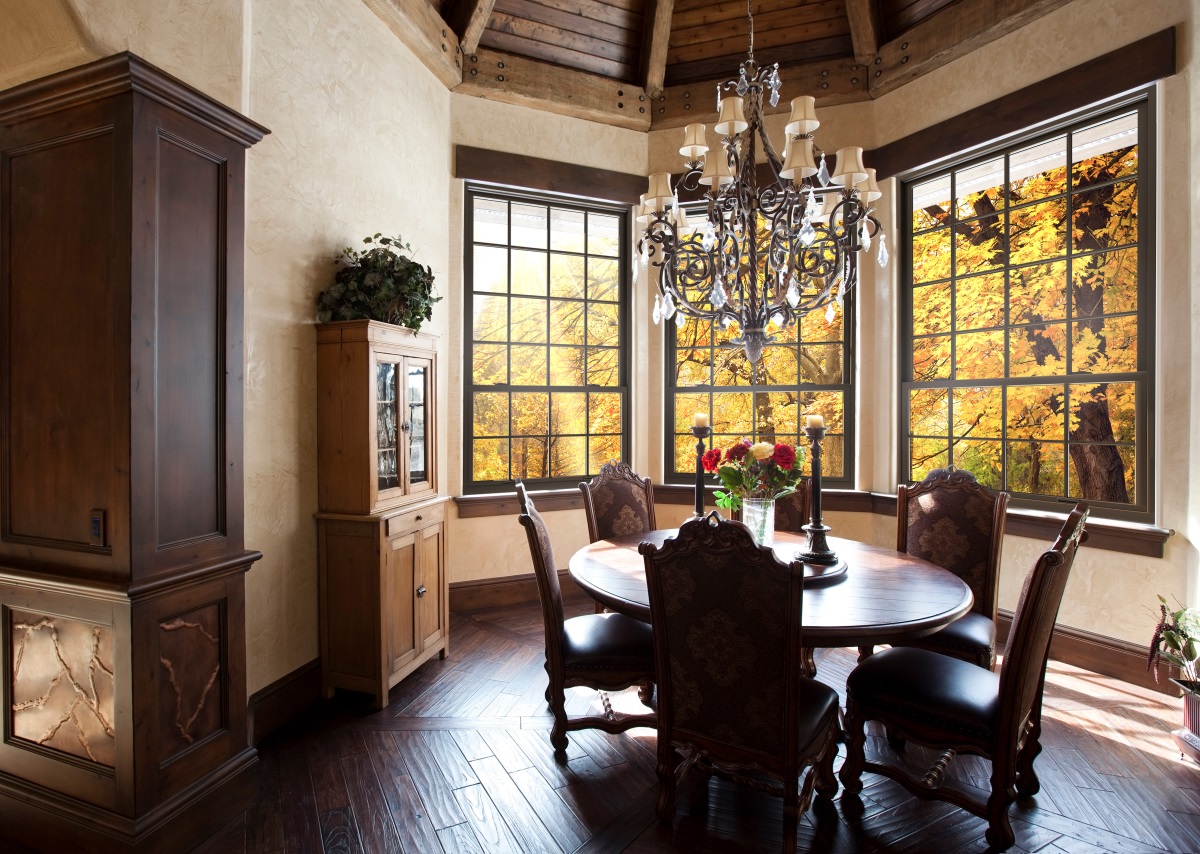
Craftsman
Craftsman architecture emerged in the early 20th century as a response to the excesses of Victorian design. It emphasizes simplicity, craftsmanship, and natural materials. Craftsman homes often feature low-pitched roofs, exposed beams, front porches, and a focus on functional interior spaces. The Craftsman style remains popular due to its warm, inviting aesthetic and emphasis on natural elements.
- Craftsman-style houses often showcase unique architectural details such as exposed beams, decorative brackets, and overhanging eaves. Bay windows, with their protruding design, perfectly complement and highlight these features, adding depth and visual interest to the facade. Bay windows, with their panoramic view and wide viewing angles, offer an opportunity to showcase the surrounding landscapes and gardens, integrating the outdoors with the indoors.
- Craftsman homes are known for their cozy and inviting atmosphere. Bay windows create intimate nooks and alcoves that can be used as reading corners, window seats, or small gathering areas. These charming spaces enhance the cozy and relaxed ambiance that Craftsman-style houses are renowned for.
- Craftsman homes are often situated in scenic locations, such as near mountains, forests, or bodies of water. Picture windows are ideal for capturing and framing these breathtaking views, allowing homeowners to appreciate the natural beauty from within the comfort of their home.
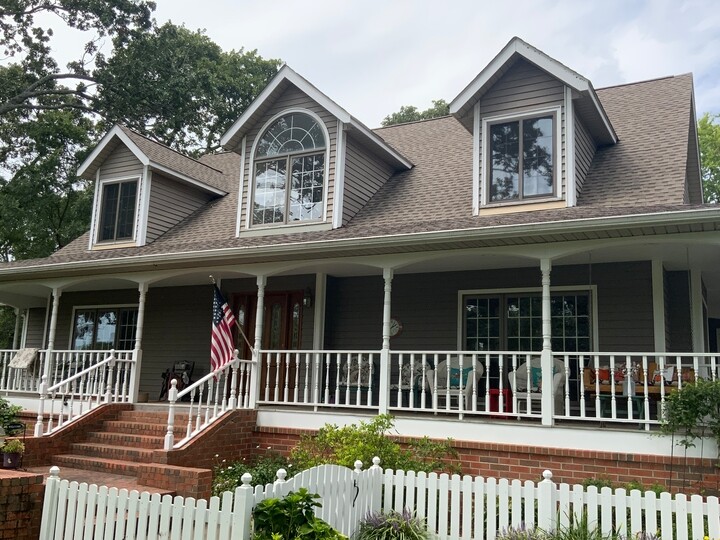
With Craftsman-style iconic architectural elements, the expansive glass area of picture windows, can help balance the overall architectural composition by providing a visually pleasing counterpoint to these elements.
Tudor Revival
Tudor Revival architecture gained popularity in the early 20th century, drawing inspiration from medieval English architecture. It is characterized by half-timbered exteriors, steeply pitched roofs, decorative brickwork, and diamond-shaped leaded glass windows. While not as widespread as other styles, Tudor Revival homes continue to be admired for their Old World charm and unique character.
- Casement windows are an excellent choice for Tudor-style houses. Their traditional and timeless appearance aligns with the overall aesthetic of Tudor architecture. The crank-operated windows, typically featuring divided light patterns, mimic the classic look of Tudor windows. They provide a charming, vintage appeal while offering excellent ventilation and energy efficiency.
- Double-hung windows can also be suitable for Tudor-style homes, particularly if they feature divided light patterns that match the traditional style. These windows have two operable sashes that can be opened from both the top and bottom, allowing for better airflow and versatility. Opt for windows with muntins or grilles that mimic the diamond or rectangular shapes commonly found in Tudor windows.
- Tudor-style houses are characterized by their intricate architectural details. Custom-shaped windows can be specifically designed to fit within these architectural elements, accentuating their beauty and adding to the overall visual appeal of the home. Whether it’s arched windows, circular windows, or windows with unique geometric shapes, custom options can perfectly complement and highlight the distinct features of Tudor architecture.
Mediterranean Revival
Mediterranean Revival architecture gained popularity in the early 20th century, particularly in coastal regions. It draws inspiration from Mediterranean countries, featuring stucco exteriors, red tile roofs, arched windows and doorways, and wrought iron details. While not as prevalent as some other styles, Mediterranean Revival homes continue to capture attention with their elegant and romantic aesthetic.
- Casement windows and awning windows are the ideal choice for Mediterranean-style houses due to their unique combination of functionality and aesthetic appeal. These windows are designed with a single sash that opens outward, allowing for maximum ventilation and airflow. Inspired by the Mediterranean region, where warm weather and ample sunshine are prevalent, these custom windows provide an excellent solution to keep the interiors cool and comfortable. Their outward opening design also allows for unobstructed views of the beautiful surroundings, inviting in natural light and creating a seamless connection between indoor and outdoor spaces. The slim frame design of casement windows complements the Mediterranean architectural style, with its emphasis on simplicity, elegance, and a touch of rustic charm.
- Arched windows are also a classic addition to the Mediterranean flavor in your home. First, these specialty windows create a sense of elegance and sophistication, adding a touch of grandeur to the home’s facade. They evoke a timeless, classic appeal that aligns well with the Mediterranean architectural style. Second, arched windows allow for the play of natural light, casting soft and diffused illumination into the interiors. This creates a warm and inviting ambiance, characteristic of Mediterranean homes that celebrate the interplay of light and shadow.
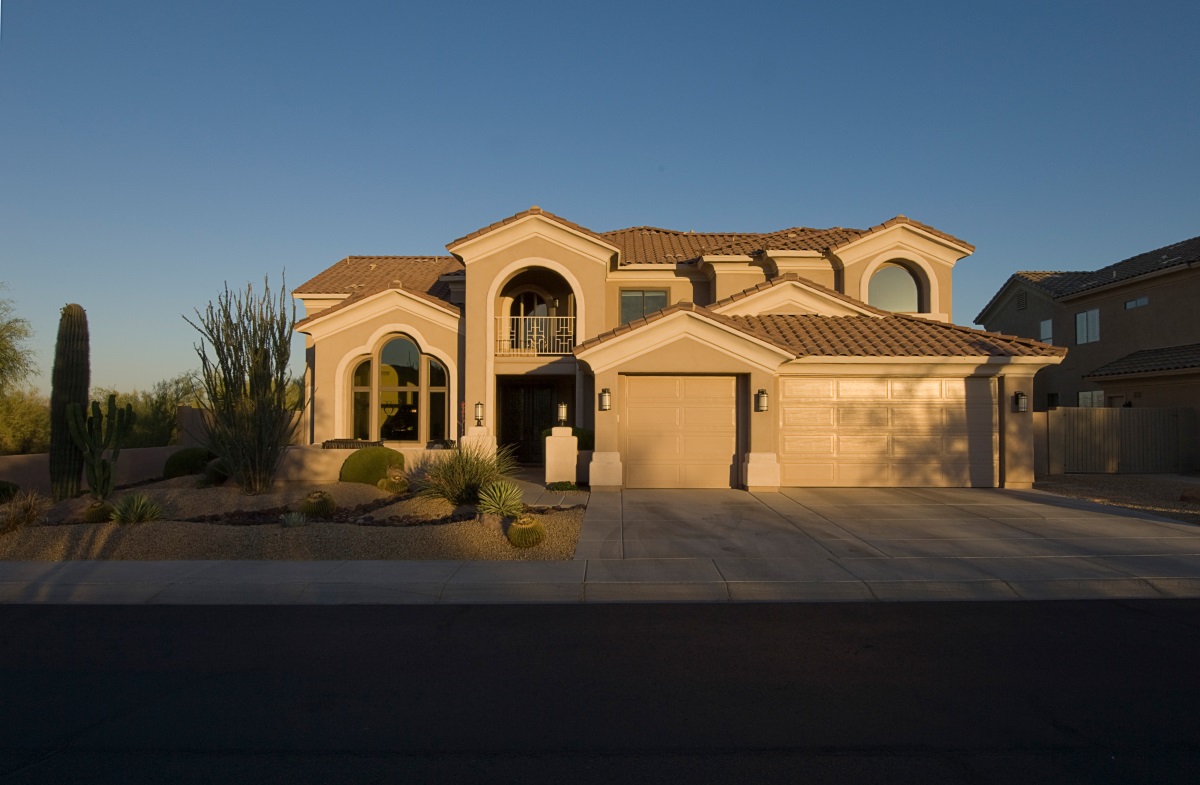
- Finally, arched windows provide an opportunity to showcase breathtaking views of the surroundings, capturing panoramic vistas of the Mediterranean landscape or the coastline. They serve as artistic frames, highlighting the natural beauty that surrounds the home.
In conclusion, selecting the best window styles for your historical home is a delicate balance between preserving its architectural integrity and embracing modern functionality. By considering the timeless appeal of double-hung windows, the elegance of casement windows, and the picturesque beauty of picture windows, you can enhance the charm and authenticity of your cherished property. Let the windows be a reflection of your home’s rich heritage while providing a harmonious blend of the past and present.
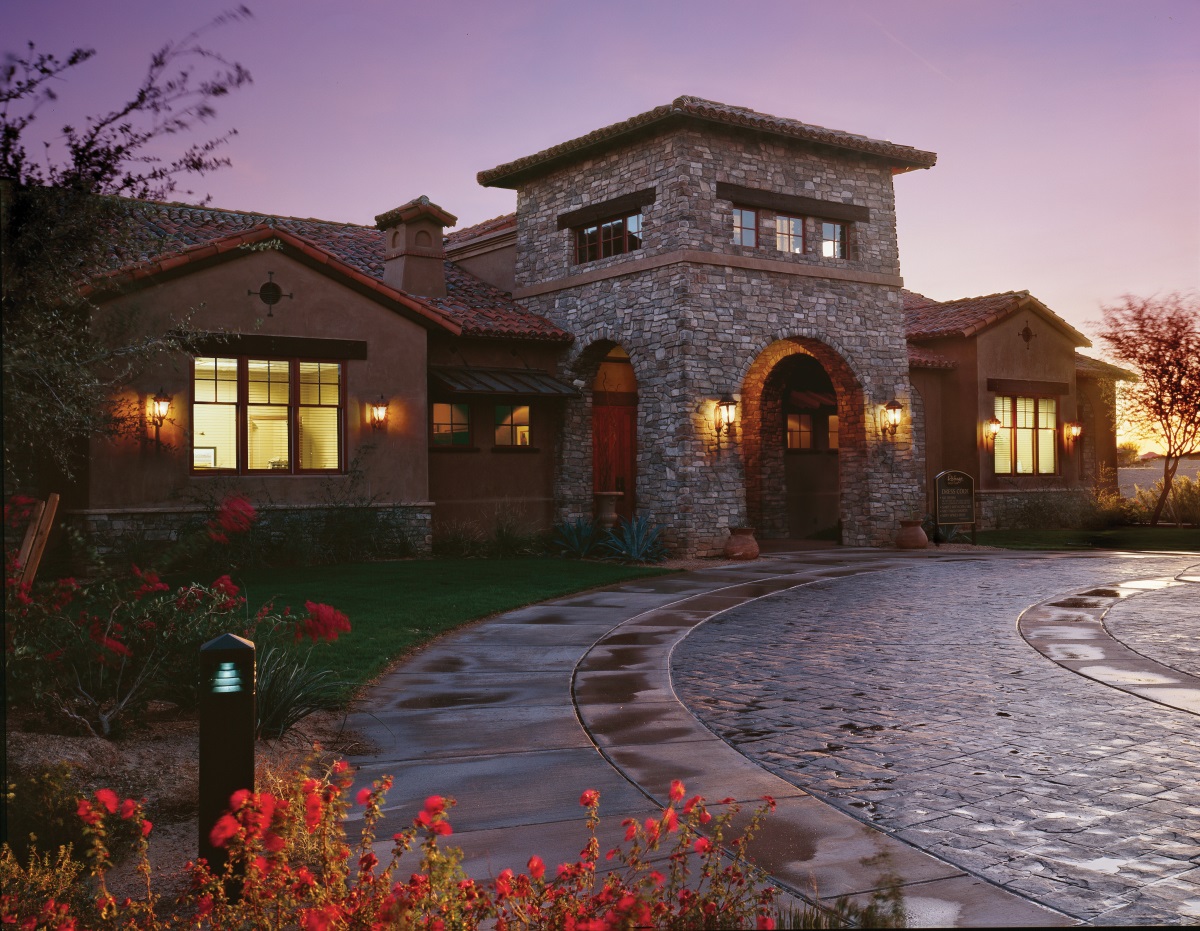
Call Renewal by Andersen near you to learn about our team of experts and our custom window installation services. With an industry-leading installation process and experienced professionals by your side, you can enjoy your new replacement windows sooner than you think. Ready to get started? Set up a free, no-obligation consultation with Renewal by Andersen today.


